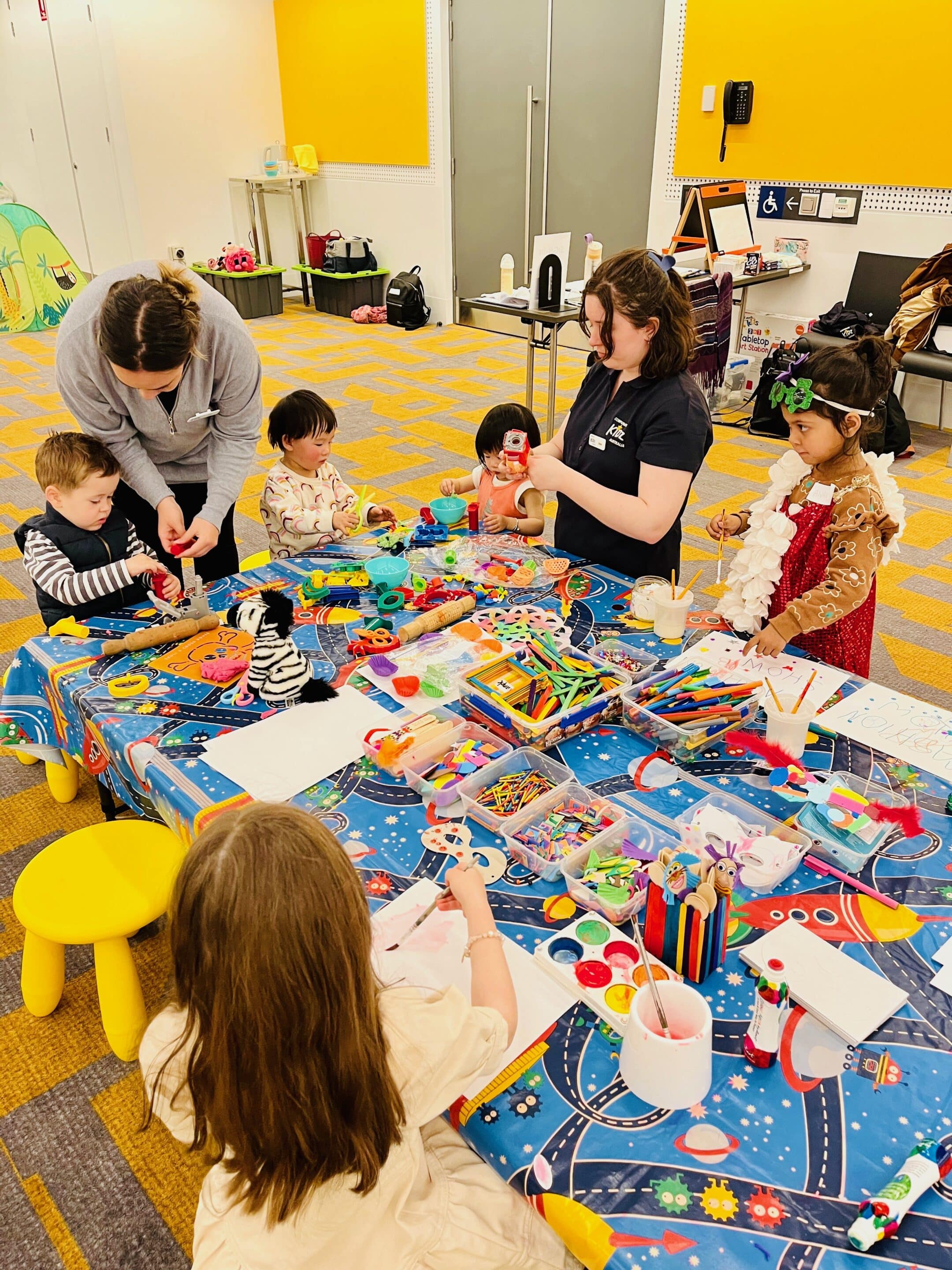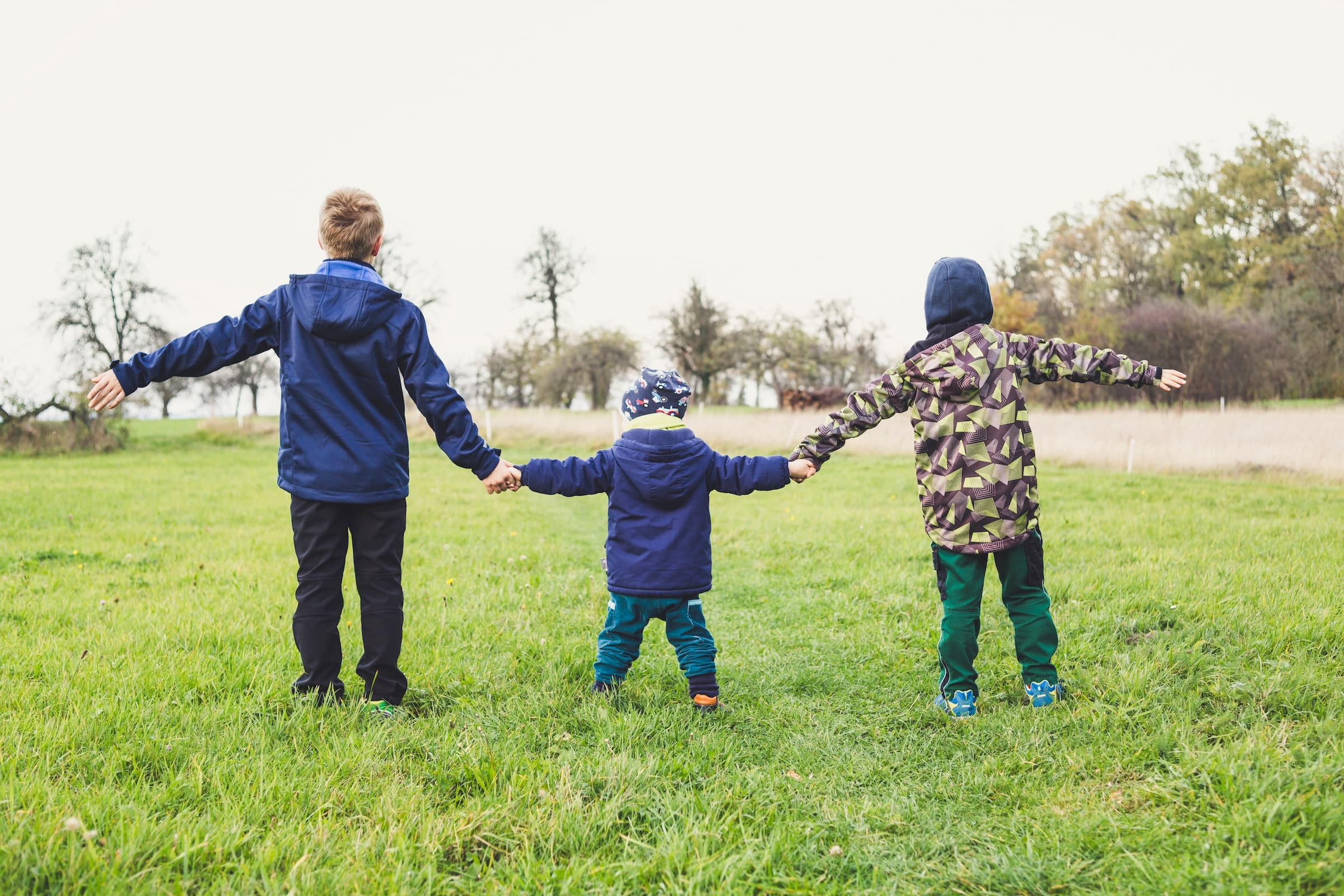From the time children clock the age of two, it becomes apparent that they can also express strong emotions like shame, anger, excitement, frustration, and other common emotions. And when they are not with their parents, they are more susceptible to displaying these emotions without having anyone around to keep them calm. This is why you need to know how to handle them when you are providing pop-up creches or any other child care services at festivals and cultural events. With the following tips, you will be able to control even the most emotional child and how to keep kids calm.
Start by identifying the child’s emotions
When you can tell what emotion a child is exhibiting, it will be easier for you to calm them down. And if you look closely, the child’s behaviour will tell you what you need to know. And if the child is speaking, listen to what they are saying.
For example, if a child is rolling on the floor, that is a sign of anger.
Figure out the reason for that emotion
After you have identified a child’s emotion, the next step is to know why they are expressing that emotion. When you figure this out, you will be able to take the right steps with respect to the current situation that led to the child’s outburst.
From the example above, a lot of things could anger a child. And it is very helpful to say words like “Dear, I can see you’re angry about the type of crayons you got.”
Observe the child
After saying those words, the child will understand that you are paying attention to them. Resist the temptation to talk more, and just watch for a few seconds to see how the kid reacts.
Some children start to calm down at this stage, but if they don’t, you can take the next step.
Support the child and how to keep kids calm
Make sure the child is safe. Also, protect other children as well as yourself. This is because when kids get emotional, especially with anger, they could act out physically and injure themselves and those around them.
You can hold the child to calm them down. This works for many kids. You can also speak to them in a loving manner while holding them. Say words like “Sally, I know you are very unhappy about this. Close your eyes and hold on to me.”
If you have noticed something the child loves, now is the time to apply it. You can sing out to them, bring out their favourite toy, or try any other thing that you’ve specifically noticed to gladden the child.
Conclusion
Just like adults, children can get emotional, and knowing how to handle their periodic outbursts can go a long way towards helping them become more responsible in the future.



